What is an AI marketing tool? Key features and how to choose the right one
Published on June 23, 2025/Last edited on June 23, 2025/7 min read
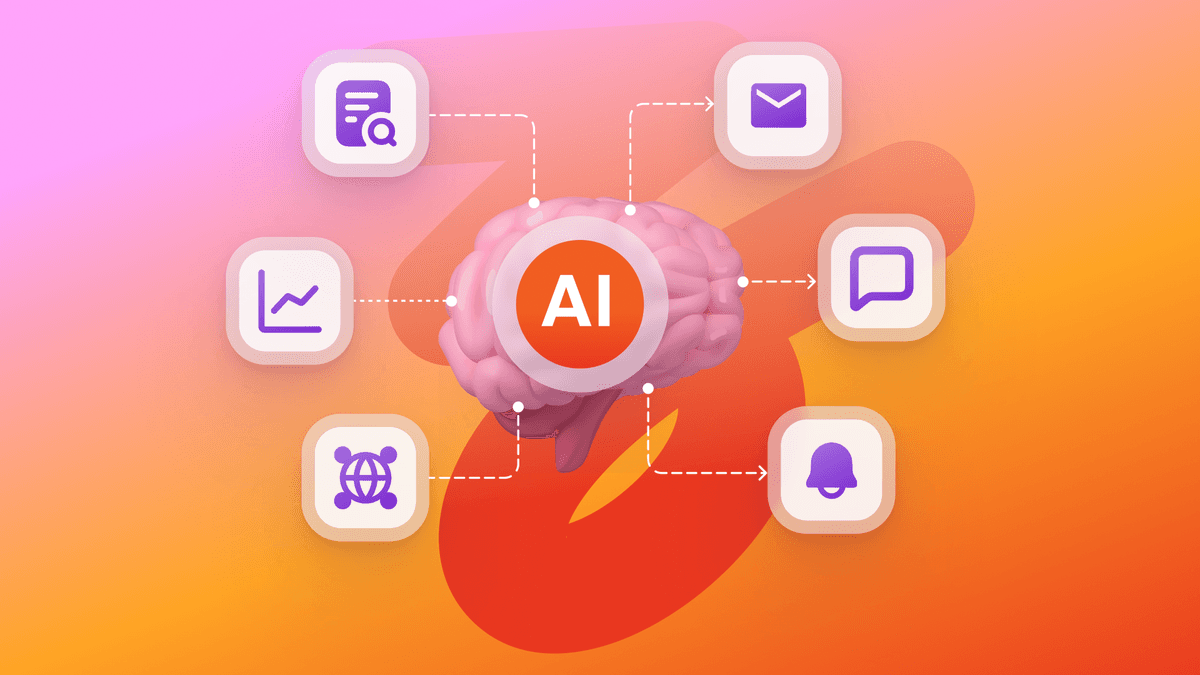
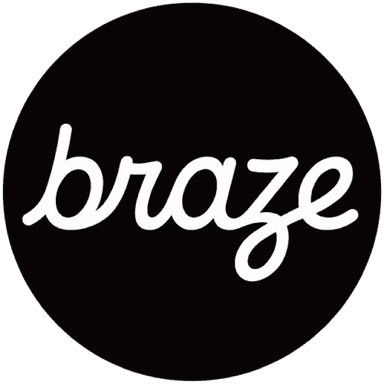
Team Braze
BrazeAI is transforming how marketers work, turning guesswork into insights, manual effort into automation, and one-size-fits-all campaigns into truly personalized experiences. But not all AI marketing tools are created equal when it comes to what they can do and the successes they can unlock.
If you’re looking to better understand what AI marketing tools can do and what you should be looking for when choosing ones to work with, then this article is for you. We’ll break down what the best tools can offer, the AI features that support smarter messaging across the customer lifecycle, and what to look for in a platform that can grow with your AI marketing strategy.
Contents
- What is an AI marketing tool?
- Why marketers need AI marketing tools
- Key features to look for in an AI-powered platform
- Popular types of AI marketing tools and use cases
- How AI improves lifecycle marketing performance
- Key considerations when choosing an AI marketing tool
- Final thoughts: Future-proofing your marketing with AI tools
- AI marketing tool FAQs
What is an AI marketing tool?
An AI marketing tool uses artificial intelligence to automate, personalize, and optimize marketing activities. These tools can improve data analysis, content creation, and customer lifecycle management, helping brands create more personalized and effective campaigns.
Why brands need AI tools for marketing
Marketers face growing demands for personalization, speed, and measurable results. AI marketing tools are designed to automate complex tasks, predict customer behavior, and deliver valuable insights, helping to simplify workflows while driving stronger ROI.
The best AI marketing tools help engage customers more accurately, while also consolidating functionality so that more can be done in one platform. With this heightened precision of marketing efforts, it can aid brands in scaling without needing to expand resources.
Best AI marketing tools to look for
When evaluating AI marketing tools, look for:
- Predictive analytics for churn and conversion: Anticipate customer actions before they happen. For example, the Braze Predictive Suite helps marketers proactively reduce churn, and boost conversions using powerful predictive modeling.
- Real-time content personalization: Tailor entire customer journeys and deliver personalized content that’s most likely to lead to conversions.
- Intelligent delivery: Messages can be sent on the right channel, at the ideal time, with the right variant.
- Generative AI for copy and creative: Produce engaging, relevant copy and creative quickly and at scale.
AI tools for marketing use cases
The most effective AI tools for marketing combine multiple capabilities into a single platform, allowing you to streamline management and enhance performance. BrazeAI™ offers a suite of features that empower marketers. Here’s how leading brands have utilized different Braze features:
Optimize message delivery
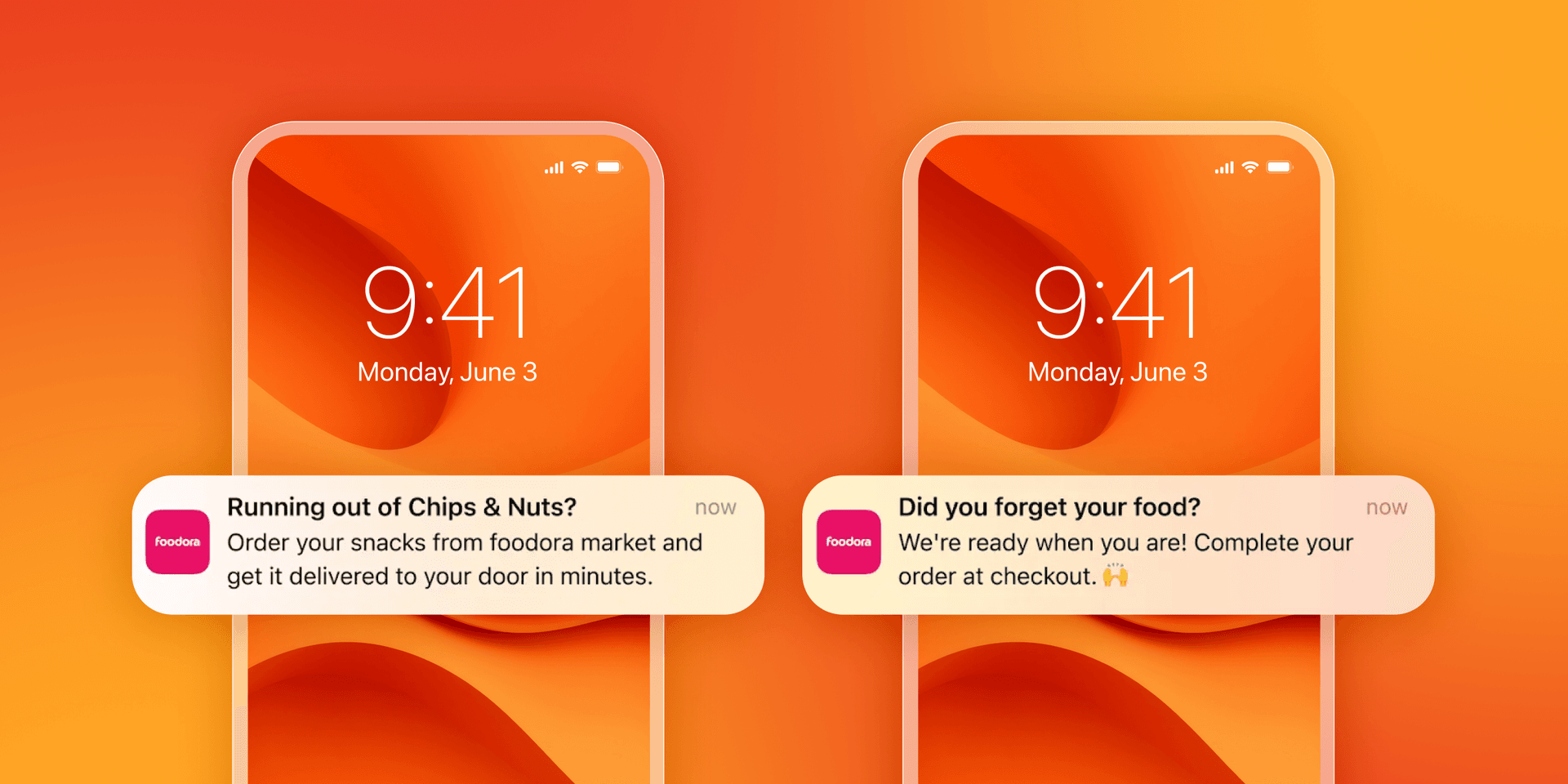
Use case: Send-time optimization
Braze feature: Braze Intelligent Suite
By leveraging Intelligent Timing, foodora was able to optimize message timing and reduce unsubscribe rates. This strategic approach aligns with foodora's mission to deliver an exceptional customer experience, reduce complexity, and build brand equity with every interaction.
Explore how foodora builds trust and drives engagement through BrazeAI™.
Content generation and optimization

An image for a holiday campaign for KFC South Africa created using AI
Use case: Quickly create and optimize compelling marketing copy and image
Braze feature: Braze Generative AI
Using the AI Copywriting Assistant and AI Image Generator, marketers can generate on-brand copy and visuals, making it easier to test content variations and speed up creative production. You can also use Liquid Assistant to generate Liquid to personalize message content.
See how to cut creative bottlenecks with Braze Generative AI
AI-powered recommendations
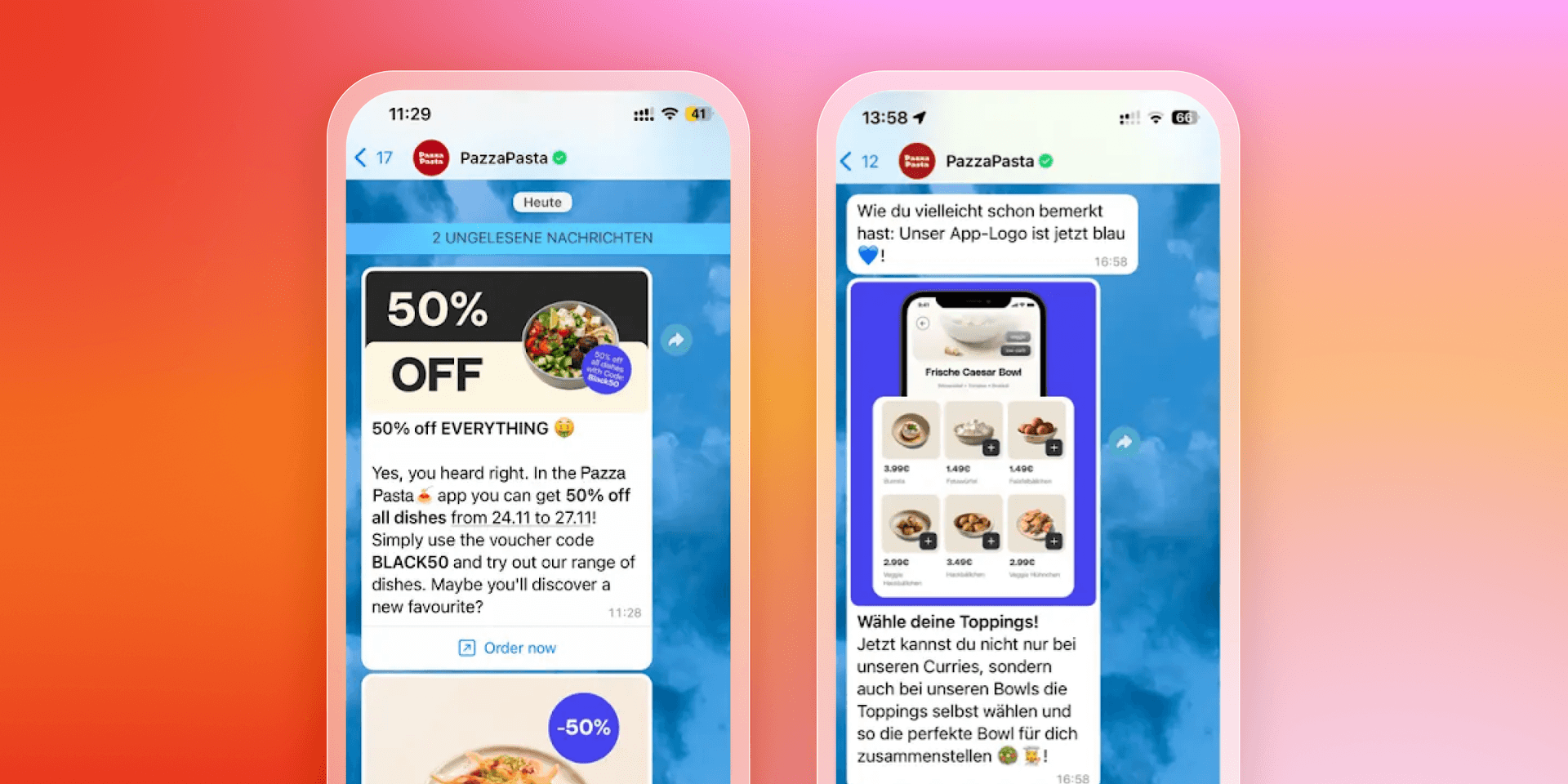
Use case: Deliver recommendations most likely to resonate with customers
Braze feature: AI Item Recommendations
With AI Item Recommendations, Pazza Pasta sent push notifications and WhatsApp messages with recommended dishes from their Catalog, in order to help prevent churn and reactivate users. They had been exploring building an in-house recommendation solution, so with the launch of AI Item Recommendations, they were able to quickly unlock desired capabilities without expending time and money resources.
Find out how Pazza Pasta leverages Braze to drive revenue growth.
How AI marketing tools improve lifecycle marketing performance
AI can play a key role in making lifecycle marketing more responsive, relevant, and impactful. When leveraged effectively in your strategy, it helps drive stronger results across the customer journey. Here's how AI-powered tools support engagement and retention at scale.
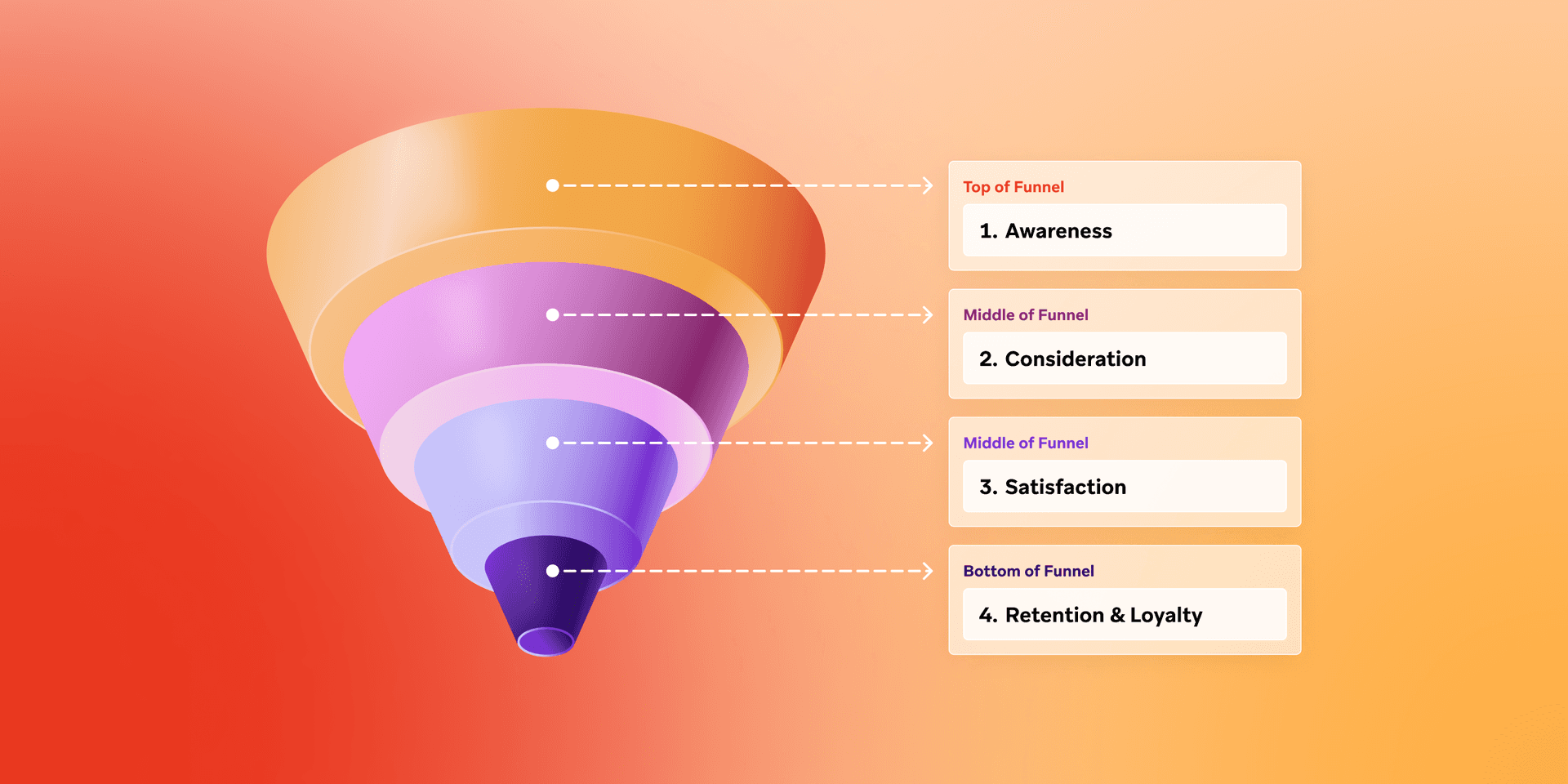
Personalization that drives deeper engagement
One of the most powerful applications of AI in lifecycle marketing is being able to personalize messages and entire journeys to engage each customer based on what’s most likely to convert. Instead of relying on static segments or manual rules, marketing AI tools can continuously adapt messaging based on user behavior, preferences, and context. This can lead to stronger customer engagement success, longer relationships, and a better customer experience from start to finish.
Predictive analytics sharpen your timing
AI-driven predictive analytics help marketers identify which customers to target based on certain categories or likelihoods. That can lead to smarter campaigns, better performance metrics, and more meaningful interactions, without constant guesswork.
Proactive insights reduce churn
Retention often hinges on knowing when someone is about to disengage. AI marketing tools help flag those early warning signs by analyzing behavior patterns and identifying at-risk users. With this intel, marketers can step in early with targeted offers, helpful nudges, or reactivation campaigns, turning potential drop-offs into loyal return customers. When done well, it’s a win for both the brand and the user.
Key considerations when choosing an AI marketing tool
Finding the right AI tools for marketing means looking beyond features to what really supports your team’s workflow, goals, and growth. Here’s what to keep in mind:
1. Integration with your existing tech stack
Your AI solution should fit into your current ecosystem with minimal friction. Look for platforms that connect easily with your data warehouse, analytics, and other tools so you can move faster, and more efficiently. For example, Braze has an extensive partner ecosystem based on streaming data.
2. Clear, explainable insights
Avoid tools that keep you guessing. Choose AI that shows its work, explaining why certain paths or predictions are recommended so you can stay confident in the decisions you make. BrazeAI™ delivers recommendations with transparency, so marketers can see how predictions are made and confidently act on them.
3. Flexibility to grow with your team
Look for platforms that adapt as your strategy evolves. Whether you’re scaling campaigns or adding new channels, the right tool will support that shift without slowing you down.
4. Support for marketers, not just engineers
AI should be usable without a technical background. Choose tools designed for marketing teams, with intuitive features, and accessible support to help you get started and keep going.
Final thoughts: future-proofing your marketing with AI tools
AI marketing tools are important for brands that want to keep pace with shifting customer expectations and rising performance targets. When it comes time to choose a platform, you’ll want one that puts your team in control, connects seamlessly with your strategy, and turns complex data into practical action.
BrazeAI™ brings together powerful capabilities like predictive insights, real-time personalization capabilities, and intelligent journey orchestration in a way that’s intuitive, accessible, and built for scale. Future-ready marketing starts with smarter tools, and BrazeAI™ is designed to keep you a step ahead.
In this exclusive Braze guide, discover how AI is opening up new opportunities for customer engagement and take a look at the key AI marketing tools you can use to drive stronger outcomes.
Forward-Looking Statements
This blog post contains “forward-looking statements” within the meaning of the “safe harbor” provisions of the Private Securities Litigation Reform Act of 1995, including but not limited to, statements regarding the performance of and expected benefits from Braze and its products and features. These forward-looking statements are based on the current assumptions, expectations and beliefs of Braze, and are subject to substantial risks, uncertainties and changes in circumstances that may cause actual results, performance or achievements to be materially different from any future results, performance or achievements expressed or implied by the forward-looking statements. Further information on potential factors that could affect Braze results are included in the Braze Annual Report on Form 10-Q for the fiscal quarter ended April 30, 2025, filed with the U.S. Securities and Exchange Commission on June 6, 2025, and the other public filings of Braze with the U.S. Securities and Exchange Commission. The forward-looking statements included in this blog post represent the views of Braze only as of the date of this blog post, and Braze assumes no obligation, and does not intend to update these forward-looking statements, except as required by law.
What is an AI marketing tool? Key features and how to choose the right one
An AI marketing tool uses artificial intelligence to automate, personalize, and optimize marketing tasks such as segmentation, predictive analytics, and real-time personalization.
Key features to look for in an AI-powered platform include predictive analytics, content creation, AI-powered personalization, transparency, and ease of integration.
AI improves campaign performance by enhancing personalization, predicting customer behaviors, optimizing messaging timing, and proactively addressing churn risks.
Yes, many marketing AI tools are designed specifically to empower marketers without technical backgrounds, offering intuitive interfaces and robust support.
Related Tags
Be Absolutely Engaging.™
Sign up for regular updates from Braze.
Related Content
View the Blog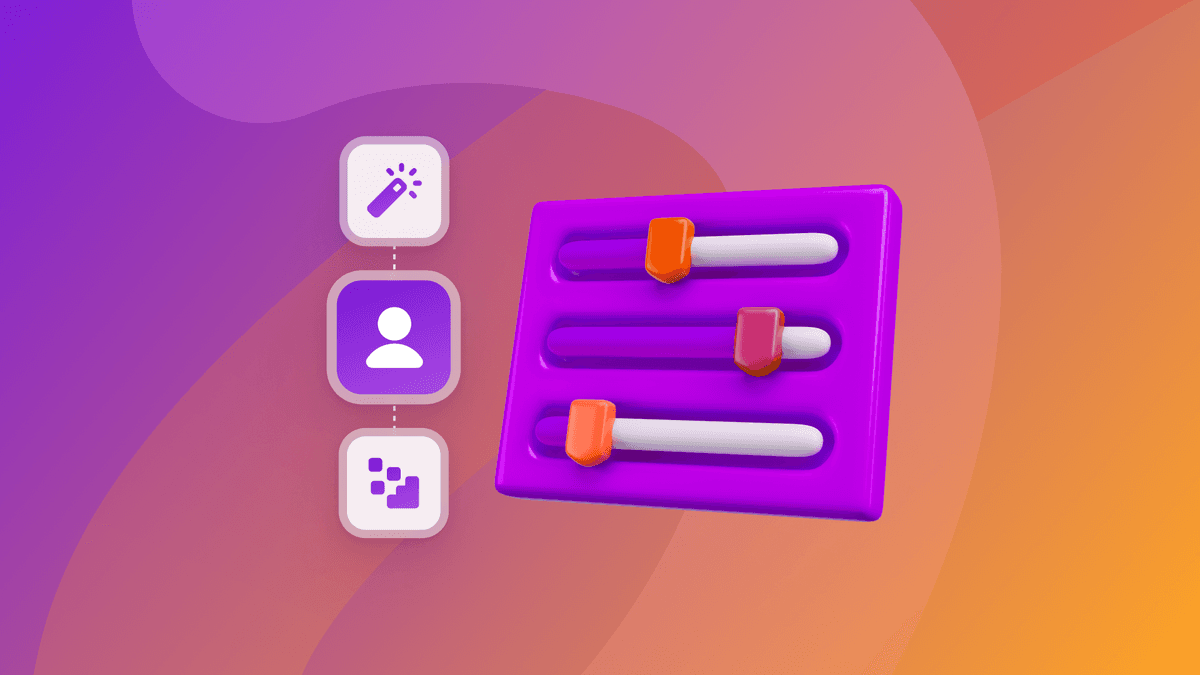
How behavioral marketing turns data into personalized experiences

Team Braze

How Braze supports exceptional customer engagement during Black Friday, Cyber Monday, and beyond

Todd Grennan
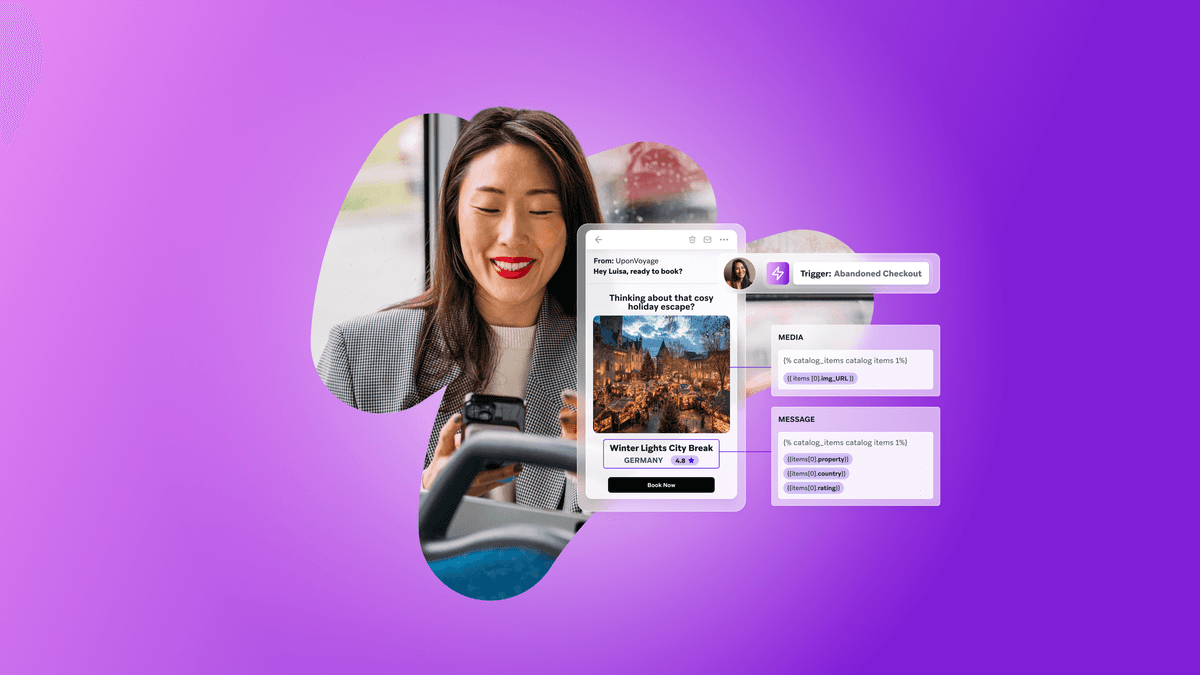
How to overcome messaging fatigue this holiday season
